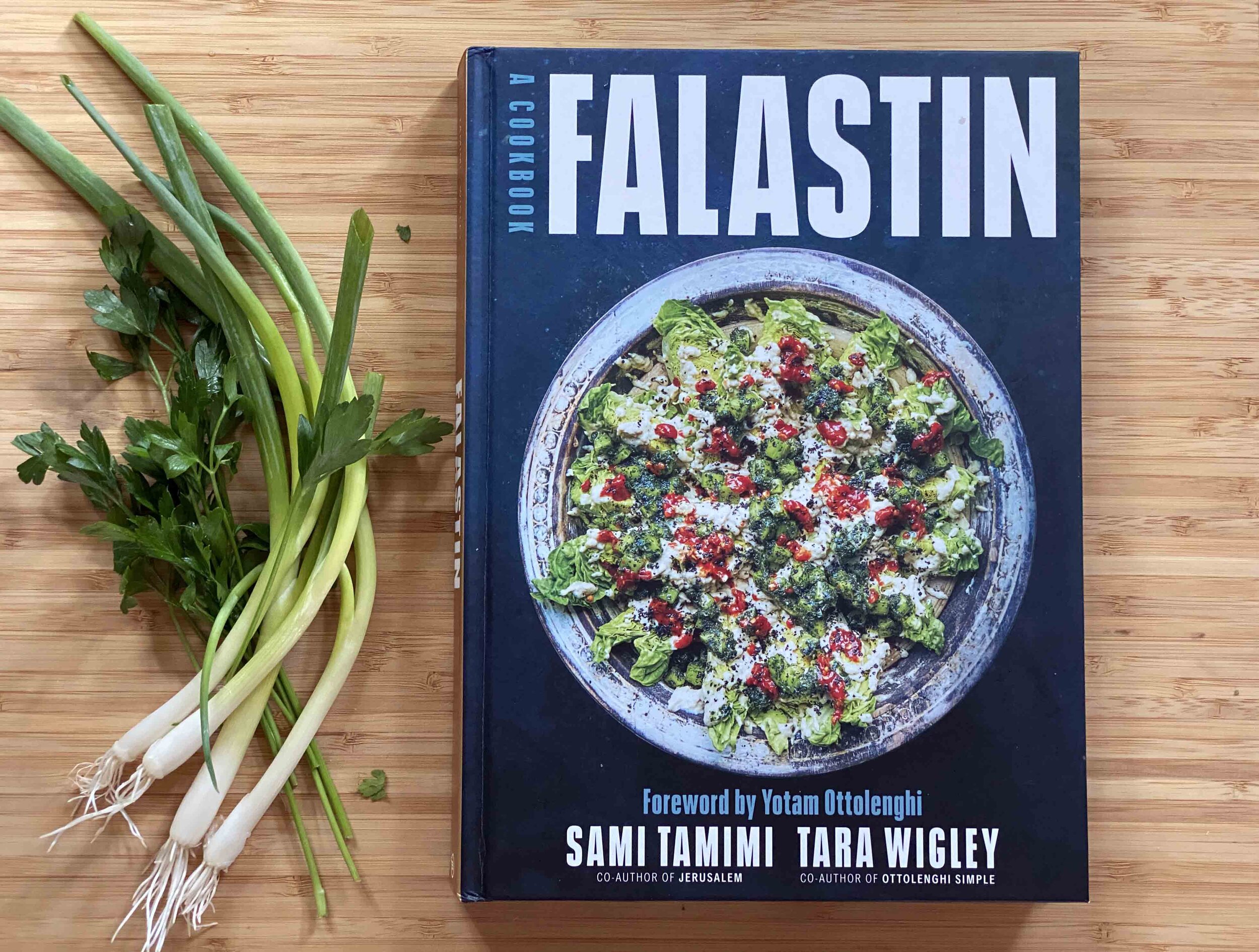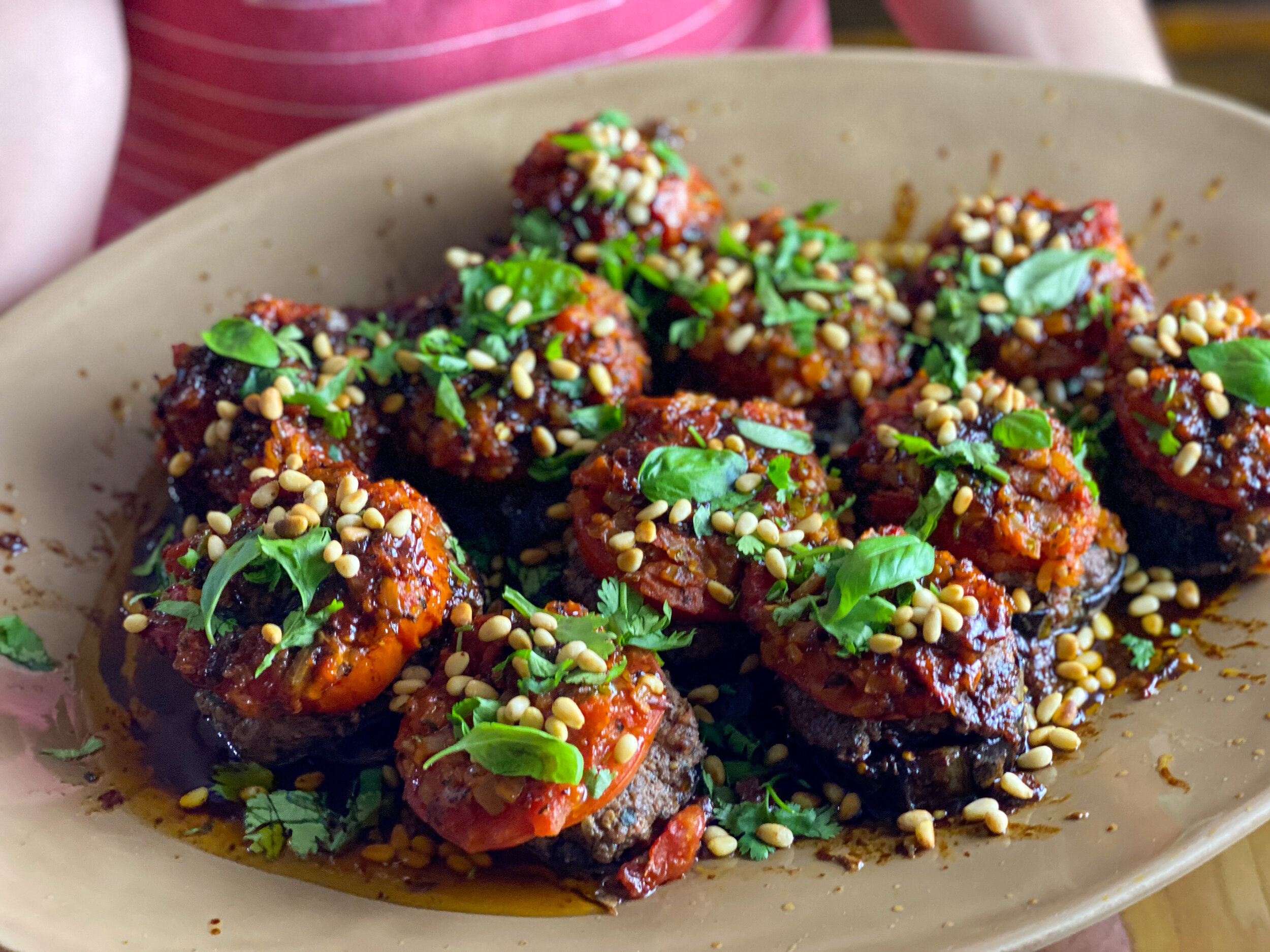By Leslie Brenner
The humanitarian catastrophe that is devastating Gaza — which began with Israeli police preventing Palestinians from gathering near one of East Jerusalem’s ancient city gates during the holy month of Ramadan — is tragic, outrageous, and needs to stop.
For an American of Jewish descent who deplores the actions of Israel’s far-right-wing government, the feelings of shame, outrage and powerlessness can be overwhelming.
What can we do from thousands of miles away, besides plead for a cease-fire? We can support the civilians of Gaza by thinking about them as people. By learning about them, and trying to understand Palestinians and their plight.
Even before the current waves of bombs and rockets, the territory was suffering mightily: According to a United Nations report published last year, it has the “world’s highest unemployment rate,” with more than half its population living below the poverty line. Now more than 200 people there have been killed, including at least 61 children.
As a cook, it’s hard not to think immediately about Yotam Ottolenghi and Sami Tamimi, who wrote their incredible cookbook Jerusalem together and published it a decade ago. And about Tamimi and Tara Wigley, who published Falastin last year, celebrating the cooking of Palestine. (Ottolenghi wrote the foreword, explaining that with Falastin, Tamimi and Wigley “picked up the baton where it was left after Jerusalem.”)
Though saying so feels woefully inadequate for the moment, peace begins with understanding. If you don’t know anything about Palestinians, get your hands on the book. Plan a dinner of Chicken Musakhan, Palestine’s national dish. Read about the people, their culture of tahini, the way they make bread. Watch Tara Wigley talking with Cooks Without Borders about her experiences traveling and researching in Palestine for the book.
Meanwhile, make hummus — now, or tonight. Brilliant in its simplicity, it’s a dip enjoyed by Palestinians and Israelis alike. (And don’t forget that there are legions of Israelis who are against what their government is doing, just as legions of Americans deplored anti-human American policies like permanently separating families coming across our borders.) You can use dried chick peas, for the Ultimate Hummus, or use canned ones for a pretty great Cheater Version. Make your own pita bread (khobz in Arabic), or pick some up at Trader Joe’s.
Protest on a plate. Empathy, in a dip.

















